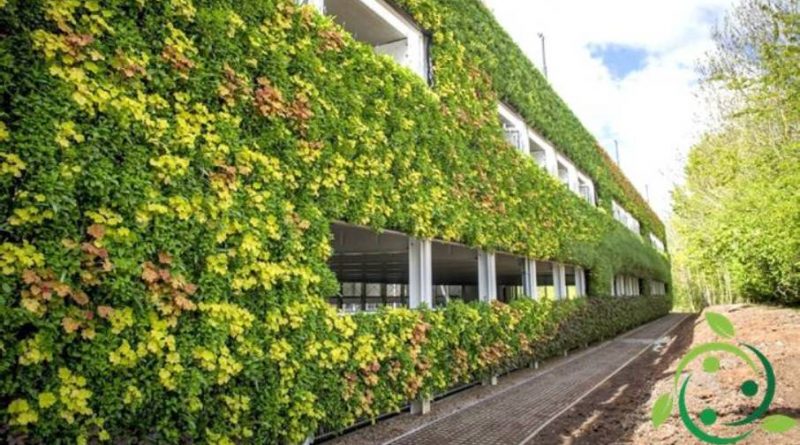How to make a vertical green wall
How to make a vertical green wall
In a context of recovery of green spaces and the oxygenating effect of green, the relationship of green vertical walls becomes more and more a fundamental necessity. If you add to these the mitigating effect on the internal climate of a building you understand how useful such a realization is. In this tab we see how to make a vertical green wall.
The green walls are not a modern invention; they were already present in the gardens of ancient Babylon. However, the French Patrick Blanc gave a notable impulse in modern times and, in a certain sense, he gave innovative criteria to vertical plant walls.
It is evident that a plant wall can not be set up anywhere; a series of optimal conditions are necessary such as solar exposure, climate, available space, maintenance and suitable plants. Moreover, the wall on which the vertical vegetation will have to rest must have structural and masonry characteristics such as to support this second green layer.
Why should you make a vertical green wall? Obviously both for the aesthetic advantages but above all for practical advantages. Let’s see what are the advantages:
In the meantime, an otherwise unused surface will be exploited, be it of the internal or external walls of the buildings;
The degree of insulation of the building is increased;
The building structure is protected from atmospheric agents.
The amount of greenhouse gases present in the perimeter area of the building is reduced.
The quality of the air in the area surrounding the building is to be improved because the plants have a great capacity to absorb fine dust and other pollutants.
It improves the acoustic insulation of the building giving its tenants a better comfort.
During the construction of a green wall it is not possible to grow any kind of plants: it is necessary the supervision of an agronomist doctor who, according to the climatic characteristics and the habitats of the plants, chooses the most suitable. You can also use felt panels, or hydroculture systems that can be adapted to vertical green. At the same time it is necessary to evaluate the static and structural characteristics of the wall to understand its ability to support vertical vegetation and what may be the measures to improve the adhesion of the green wall to the wall.
In systems designed for vertical walls, modules can be used to perfectly cover walls of any size. The modules of the plant wall are normally made with felt sheets that carry pockets in which it will be possible to insert the plants. It is then possible to set up automatic fertigation plants already integrated and to be connected to a control panel. These modules can easily be mounted on any wall. Or the whole green scaffolding will traditionally be fed from the basic substratum a bit like it is still done today in the vineyards present in many southern Italian countries that accompany the walls of the houses of the past. Both for internal and external green walls it may be necessary to realize a simple “cage” structure or to be filled with a substrate obtained by mixing sphagnum, peat and soil. The substrate is not likely to smear the house because it is retained by a vegetable fiber. The irrigation of the green walls is then carried out with perforated pipes placed close to the substrate or with laminar irrigation systems from above.

